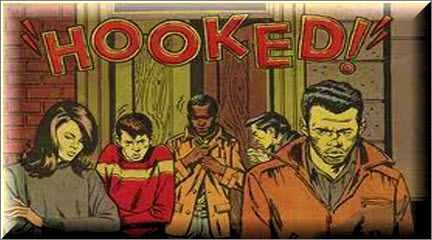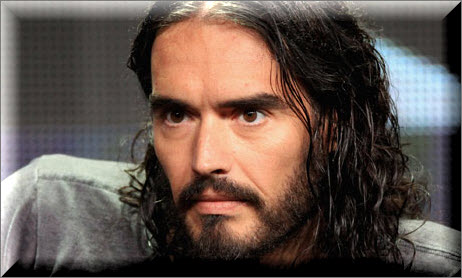Options Okanagan Treatment Center Reveals What You Really Are Not Told Concerning the Opiate Addiction Therapy Drug Methadone
Many individuals believe that medicines and drugs like methadone are only for addiction therapy. People may wonder why we with Options Okanagan Treatment Center do not prescribe drugs for your treatments for the obsession with and dependence on opioids like Heroin, Percocet, or OxyContin.
There are tons of things that the average person isn’t shown or will not hear about methadone hydrochloride . We will expose several of these kinds of points here.

What exactly is Methadone?
Methadone is definitely an opioid. This signifies it has the same chemical structure as Heroin, Percocet, OxyContin, Vicodin, as well as other opioids. We think about methadone as one thing used to get men and women off of Heroin, however, it is actually a pain prescription medication or medicinal drug in its own right. Taking addictive drugs to help cure addictions makes no sense.
Methadone is widely used to try to wean men and women away from other opioids. However, very often, this drug is abused simply by those who attempted to get off the streets or prescription medications and prescribed drugs they were addicted on or dependent on – and ended up addicted to the methadone hydrochloride or methadone. There are brands for this medication or prescription medication like Methadose as well as Dolophine. There may also be a number of street names which includes: Amidone, Fizzies, Junk, Wafer, Maria, Juice, and Pastora.
Why is Methadone Prescribed by Physicians, Medical doctors, Medical professionals and Health professionals for Addiction to Heroin or other Narcotics?
The medication, medicine or drug methadone was initially and at first developed and formulated in 1939 in Germany after many years of research and analysis into the topic of synthetic or man-made opiates (medicines, medications, drug developed in the research laboratory to behave like opium – which is really a natural, organic substance or element). Right after World War II, a number of legal activities happened which led to the formula for methadone falling into the hands of Eli Lilly , an American global pharmaceutical company located in the United States. This particular American drug organization marketed methadone as a painkiller in the late 1940s.
By the middle of the 1960’s, there were clearly real issues and problems with diseases spreading amongst heroin addicts as a result of needle usage. The Rockefeller Foundation discovered and identified that dosing drug addicts with methadone hydrochloride or methadone allowed the junkies or addicts to stop using heroin for a period of time. Methadone hydrochloride or Methadone is active inside the human body a lot longer than heroin; therefore theoretically a drug addict can require a dose of methadone hydrochloride in the morning hours and not require anything else to avoid withdrawal symptoms before the next morning.

The issue is that many junkies or addicts taking methadone start to abuse it, and perhaps abuse heroin along with taking the methadone hydrochloride. (ie. The movie Trainspotting is an example of this problem.) Furthermore, methadone hydrochloride is thought to be a long-term maintenance answer, remedy, treatment or solution, not an end-all solution or remedy regarding heroin addiction and dependency. Put simply, if an individual uses heroin and changes to methadone, that person is going to be on methadone for a long period of time. One survey pointed out that the typical long-term methadone hydrochloride treatment period is over two years. Methadone maintenance can be even longer, and a person could be on methadone treatment for upwards of 8 to 12 years.
Options will be releasing additional content materials, articles, information and posts about methadone in the future – and what truly goes on inside drug treatment clinics.
